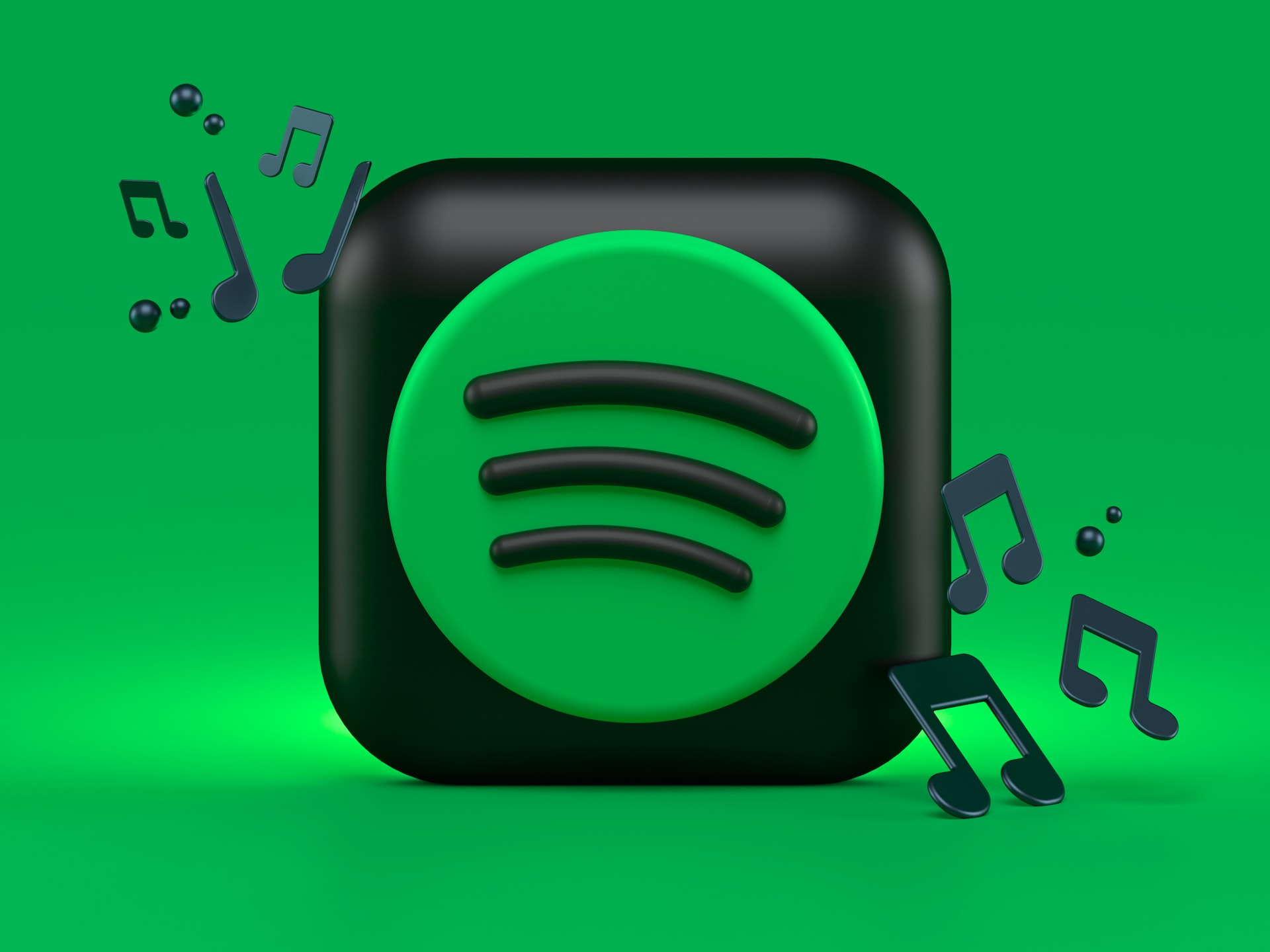The Evolution of Music Streaming and Its Impact on the Industry

Music streaming has undergone a dramatic transformation in recent years, with the rise of digital platforms like Spotify, Apple Music, and Tidal. The shift from physical media to digital streaming has had a profound impact on the music industry, changing the way we consume, discover, and even create music.
The Early Days of Streaming
Music streaming first emerged in the early 2000s with the launch of platforms like Rhapsody and Pandora. These early streaming services allowed users to listen to music online, but they were limited in their capabilities. The selection of music was limited, the sound quality was poor, and users were often required to pay a subscription fee.
The Rise of Spotify

It wasn’t until the launch of Spotify in 2008 that music streaming truly began to take off. Spotify offered a much larger selection of music, higher sound quality, and a more user-friendly interface. It also introduced the concept of a “freemium” model, which allowed users to listen to music for free with limited features or pay a subscription fee for a more fully-featured experience. This model proved to be incredibly successful, and soon other streaming platforms began to adopt it as well.
The Impact on the Industry
The rise of music streaming has had a significant impact on the music industry. One of the most notable changes has been the decline in sales of physical media like CDs and vinyl records. According to the Recording Industry Association of America (RIAA), streaming now accounts for more than 80% of music industry revenue in the United States.
The streaming model has also changed the way music is consumed. With the ability to access millions of songs at the touch of a button, listeners are no longer limited to the music they already own. This has led to a more diverse listening experience, with users discovering new artists and genres they may not have otherwise encountered.
However, the rise of streaming has also had a negative impact on the industry. The low royalties paid out to artists by streaming platforms have been a source of controversy for years. According to a 2019 report by the Music Industry Research Association, the average streaming payout for a song is just $0.006 to $0.0084. This has led to many artists, particularly those just starting out, struggling to make a living from their music.
The Future of Streaming
While the impact of streaming has been significant, the industry is still evolving. Streaming platforms are constantly looking for new ways to improve the user experience and attract more subscribers. For example, many platforms are now offering high-quality audio options, such as lossless streaming, to appeal to audiophiles. Others are experimenting with new features like podcast integration and personalized playlists to keep users engaged.
Additionally, the industry is also looking at ways to address the issue of low royalties. Some platforms, like Tidal, have introduced a “artist-friendly” model that pays out a higher percentage of royalties to artists. Others, like Bandcamp, have introduced a “name-your-price” model that allows fans to pay more for music if they choose.
Conclusion
Music streaming has undergone a dramatic transformation in recent years, with the rise of digital platforms like Spotify, Apple Music, and Tidal. The shift from physical media to digital streaming has had a profound impact on the music industry, changing the way we consume, discover, and even create music. While the impact has been significant, the industry is still evolving, with streaming platforms looking for new ways to improve the user experience and address issues like low royalties.




